Snorkeling for Non-Swimmers

Snorkeling is a fun and rewarding activity that, unlike many other watersports, benefits from its simplicity. There’s no need to haul a bag full of heavy equipment or go through a certification course to watch and appreciate the beauty of the underwater world. All that’s necessary to start snorkeling is some basic skills and a small set of well-fitting gear, which makes it easily accessible to pretty much anyone. But what about non-swimmers, can they snorkel?
In the following article, we’ll address this frequently asked question and give you some tips on how to make your snorkeling experience enjoyable and comfortable.
So, Can One Snorkel Without Being Able to Swim?
The short answer is YES. Essentially, snorkeling is a surface sport that involves mostly floating and requires very little (if any) actual swimming. Plenty of non-swimmers snorkel all the time, still, it’s important that you know how to do it right and prepare a bit ahead of time.
1. Choose the Right Location
It’s best if you take a little more care and do some research to find a good non-swimmer-friendly snorkeling spot. There are three basic things you’ll need to consider when choosing your destination.
- Find a place that has calm waters. Going out into the ocean when there are waves can create a lot of difficulties - it makes entering and exiting the water more problematic, it increases the chance of equipment issues (such as water flooding your snorkel tube) and it may make you seasick. Furthermore, waves almost always reduce underwater visibility.
- Make sure there are no strong currents or underwater hazards. You don’t want to risk getting carried away from your entry point or find yourself constantly fighting the water flow. You should also avoid spots with entanglement hazards or dangerous marine animals.
- Go for a location that has lots of awesome things to see. Choose a place that is alive, meaning it has lots of fish and corals to see. If you pick a dead or boring spot, you will likely not understand why people like doing this. Keep in mind, the most popular destinations are not always the best ones, as all the traffic might have killed the reef.
You will also need to decide whether you will be snorkeling directly from the beach, or via a boat, usually as part of an organized trip. There are advantages and disadvantages to each of these for non-swimmers.
Snorkeling from the Beach. It is often recommended that non-swimmers and first-time snorkelers stay closer to the shore rather than going on a boat trip in open water. The main reason for this is that you can decide how far in you want to go, stay in the shallow where you can stand up for a while, and practice using your snorkeling gear. As you gain confidence in the water, you can gradually swim towards a depth you are comfortable with. Besides, many beaches have a reef right on the shore and there is plenty to see in the shallow waters. So, you can have a good time in water that is just a few feet deep.
On the downside, snorkeling from the beach can give you a false sense of security, causing you to lose track of where you are and how long you’ve been in the water. Remember, even as you gain confidence, it is important to remain aware of your surroundings, keep an eye on where your fellow snorkelers are, and how far you’ve ventured from the shore. Another drawback of snorkeling from the beach is that you probably won’t have an experienced instructor there to help.
So, if you do decide to snorkel from the beach, make sure you chose a location where the water is calm, where there are lifeguards around, and always snorkel with a buddy.
Snorkeling from a Boat. Some non-swimmers might prefer to go on a snorkeling boat trip. Not only does this ensure that you are taken to a great spot, but in most cases, you can also count on experienced instructors who will be able to provide qualified personal guidance. What’s more, some operators have special trips for non-swimmers and beginner snorkelers, where you will first spend some time in the shallow water with the instructor, learning the basics of using your snorkeling gear and getting comfortable in the water, and then will go on a boat excursion.
As for the disadvantages, most snorkeling trips will require you to enter the water where it is deep. You won’t have the luxury of being able to slowly enter the water to where you feel comfortable like you can when snorkeling from the beach.
So, if you plan to go snorkeling with a tour operator, choose a beginner-friendly trip, confirm that the group allows non-swimmers, and, during the excursion itself, remind your instructor or guide you are a non-swimmer so they can keep a closer eye on you.
2. Get Good Quality Gear that Fits
Snorkeling is considered an equipment-light activity. The basic pieces of gear every snorkeler should have are a mask, fins, and a snorkel (or - just a full face snorkel mask). As a non-swimmer, you should also get a floatation device. You can either rent or buy your own gear. Investing in good quality equipment will allow you to choose the option that is most suitable for you and practice with it beforehand.
Try your gear out in a swimming pool or, if you are on a beach, in the shallow area where you can stand in the water. This will help you get used to the feeling of breathing through the snorkel, note how much pressure is necessary to keep it in your mouth and check if your mask and fins fit properly. You can also try and learn a few basic skills, such as clearing your snorkel or getting water out of your mask.
As for the things to look for when choosing your equipment, we recommend that beginner snorkelers go for a dry snorkel with a purge valve. It will prevent the water from getting into the tube, even when fully submerged as well as make it easy to clear the snorkel if needed. When it comes to fins, one of the most important things is to get the sizing right. The fins should fit snugly around your feet, yet not be too tight. The choice between an open or full foot pocket usually comes down to conditions you plan to snorkel in and personal preference. The fin blade should be flexible, light, and relatively short. This way your legs won’t get too tired and it will be easier for you to move around on the surface. Finally, the mask you choose should have a high-grade silicone skirt that provides a good seal. Comfortable head strap and quick-adjust buckles will also be a plus.
Many beginner snorkelers find a full-face mask to be an appealing option. Indeed they are often more comfortable to wear, offer a more natural way of breathing using both nose and mouth, eliminate jaw fatigue, and come with a built-in dry top snorkel system. That being said, there are some concerns associated with this type of mask, mainly having to do with the carbon dioxide buildup. Additionally, some full-face masks can be quite difficult to remove. If you start to feel uncomfortable and want to take your mask off but cannot do that easily, panic may start to set in. If you do decide to go with a full-face mask, make sure you choose a model that was made by a reputable manufacturer and has a good air circulation system. Additionally, just like with the standard mask and snorkel setup, make sure to practice using the mask, try taking it on and off plenty of times so you know exactly how to do it quickly.
Best Snorkeling Gear in 2024 - a Complete Guide
If you want to learn more about the features you should look for when selecting each piece of snorkeling gear, as well as check out our picks of the best masks, snorkels, fins, wetsuits, and accessories for snorkelers, read this article.
Life Jacket vs. Snorkeling Vest - Different Types of PFDs
You should also take a look at this article about the different types of floatation devices.
3. Calm Down and Relax
Naturally, most non-swimmers don’t feel very comfortable and confident in the water. When you try snorkeling, your first instinct will probably be to figure out how to get as much of your body above water as you can. That, however, is really counterproductive. You may have to step outside your comfort zone, but eventually, you will do a lot better if you calm down, get as horizontal as you can and let yourself get lower in the water. The more you are able to relax, the easier it will be for you to float and the better control you will have over your movement. Try to swim slowly, take deep steady breaths, and simply enjoy the experience. After all, remember when you’re wearing some sort of a floatation device (which as a non-swimmer you definitely should be), it’s really unlikely that you’re going to sink to the bottom of the sea.
4. Never Snorkel Alone
Although snorkeling is a rather safe activity, you are still in the water (often the open ocean), vulnerable to things like currents, sharp reefs, and wildlife. For this reason, even strong swimmers should not snorkel alone. This rule is particularly important if you can’t swim. It’s best if you buddy up with somebody more experienced or, if you snorkel with a group, are under the supervision of your guide or instructor. It will give you peace of mind to know that there is a reliable person in the water nearby in case you run into trouble. Whether you get cramps, become too fatigued to continue, or simply need somebody to hold your camera for a moment, your buddy will be able to help.
5. Remain Aware of Your Surroundings
Remaining aware of your surroundings is equally important for your safety and for the health of the ecosystem you are visiting. Be sure not to touch, tread upon, or kick with your fins any kind of fish, corals or anemones. Not only can you hurt yourself (get stung by a marine animal or scraped by coral), these seemingly small actions, collectively, have a disruptive effect on the ecosystem. Likewise, you should avoid chasing, feeding, or otherwise disturbing any sea animals.

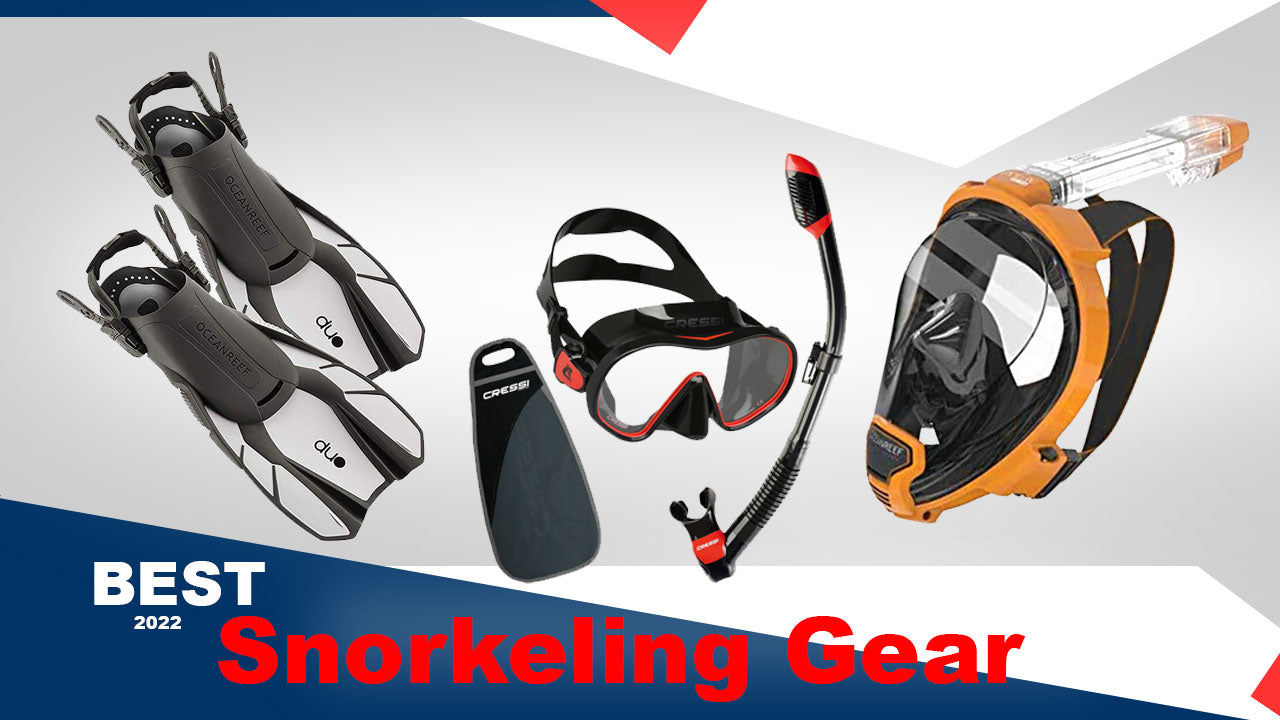
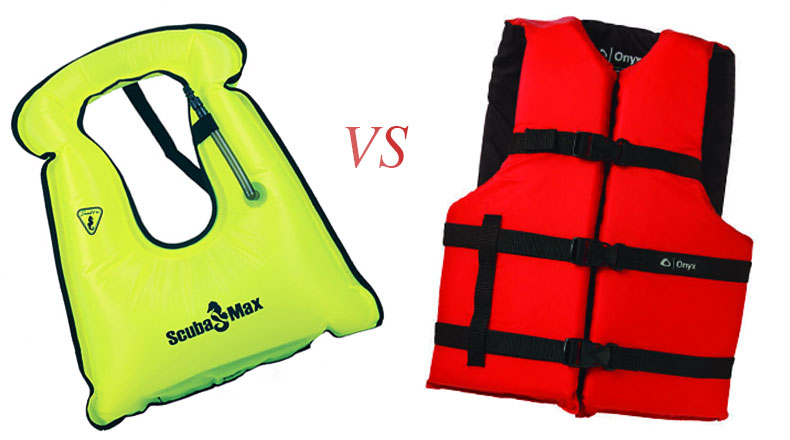
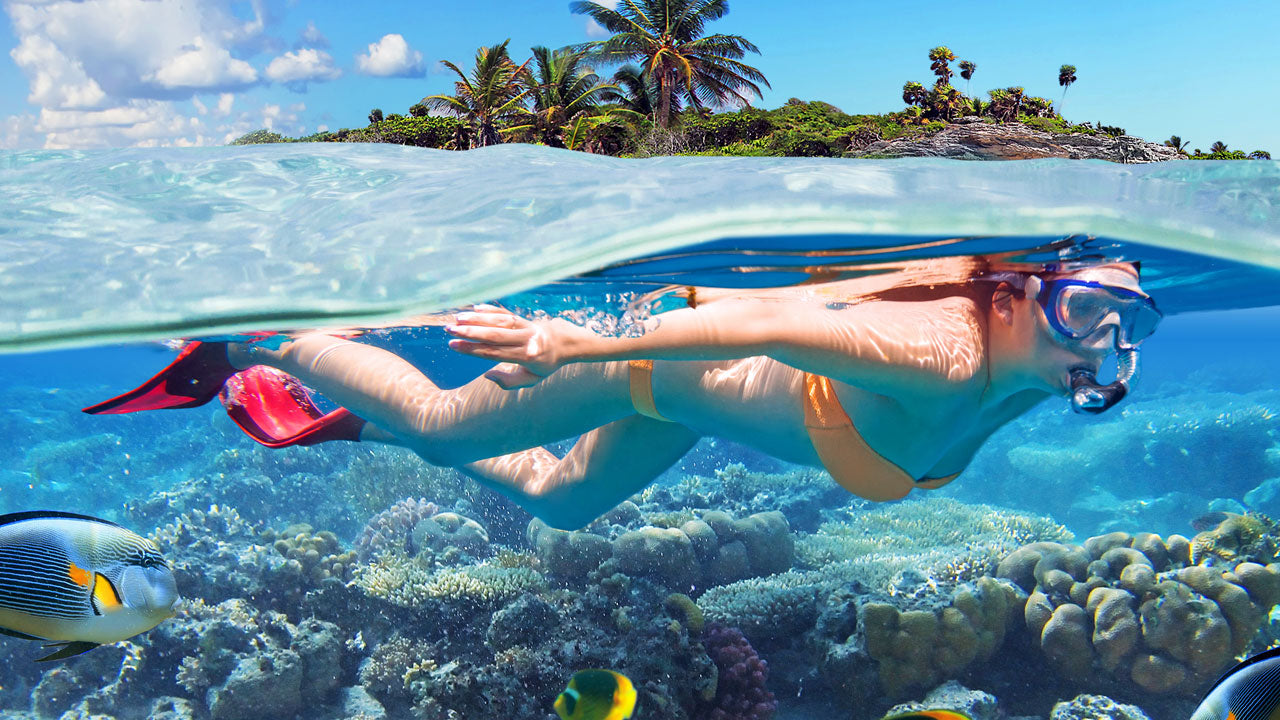
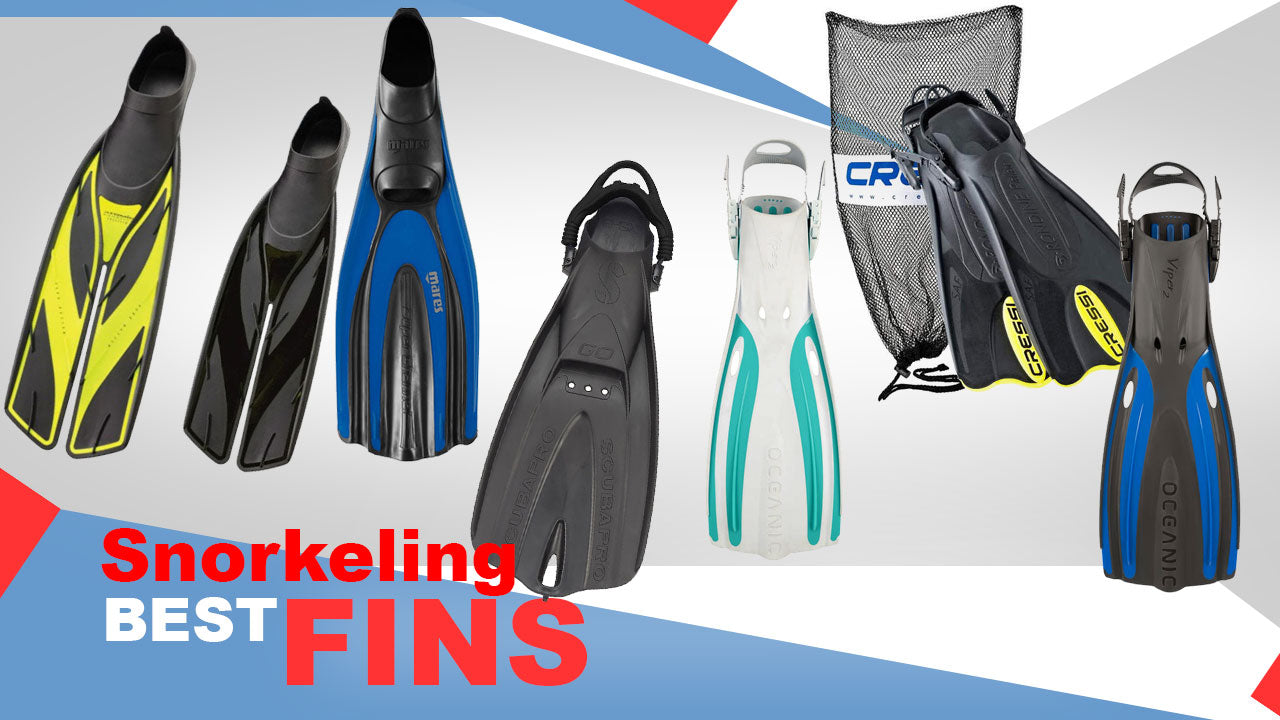
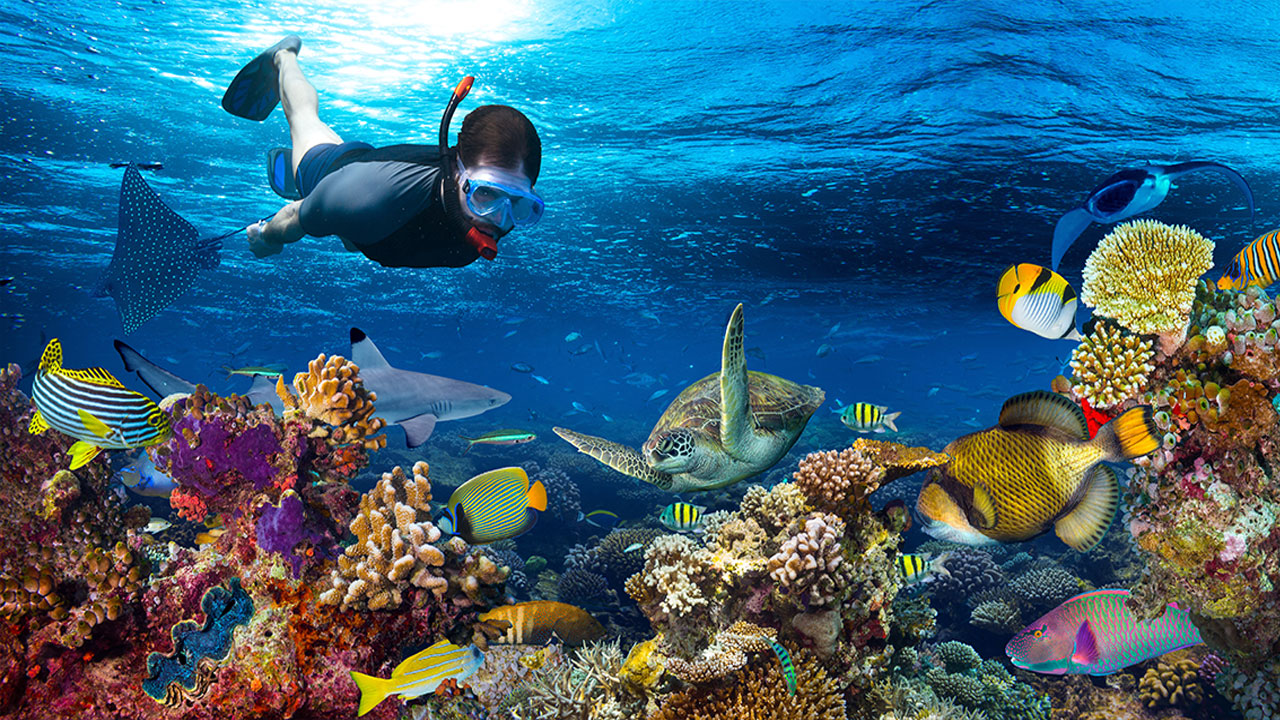
Great tips for snorkeling, especially for non-swimmers! Finding calm, shallow waters and using good quality gear are key for a comfortable experience. Remembering to stay calm and always snorkel with a buddy ensures safety and enjoyment. Thanks for sharing these valuable insights! 🏊♀️🌊